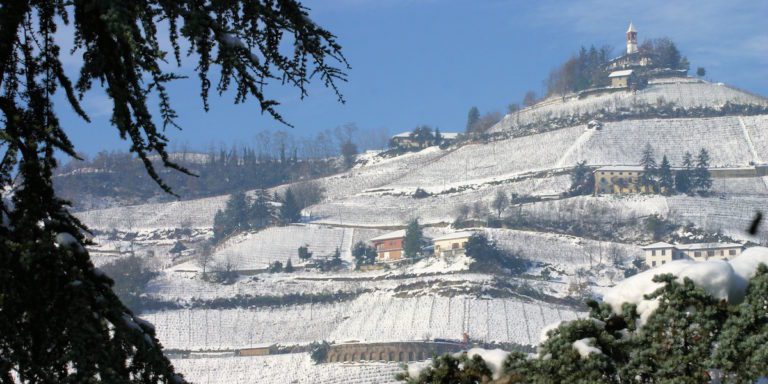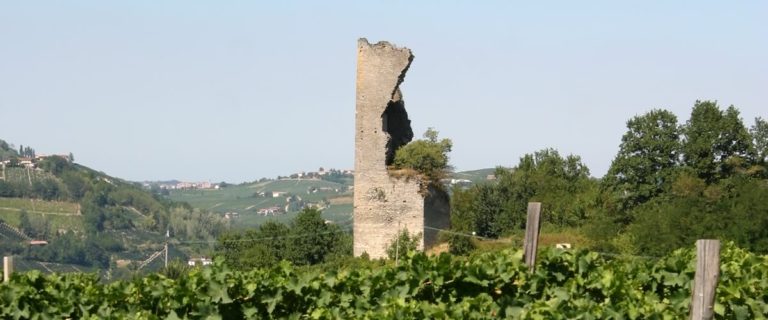Cesare Pavese: his places
Santo Stefano Belbo is where the last novel by Cesare Pavese – The Moon And The Bonfires, published in 1950 – takes place. While visiting these places, one can recollect the events of the novel, along with the writer’s biography. Here you can visit the house where he was born and the carpenter’s shop of his long-time friend Pinolo Scaglione (Nuto) – both accessible through our guided tours, as well as the Church of Saints James and Christopher where he got baptized and his grave. In addition, other symbolic locations included in this novel and in other works of Cesare Pavese can be found in town, as well.
Discover them all
To know more about the symbolic value of Pavese’s hometown watch this episode of Io vengo di là (I come from there), our 3-season series on some of the key places related to Pavese’s life and works.
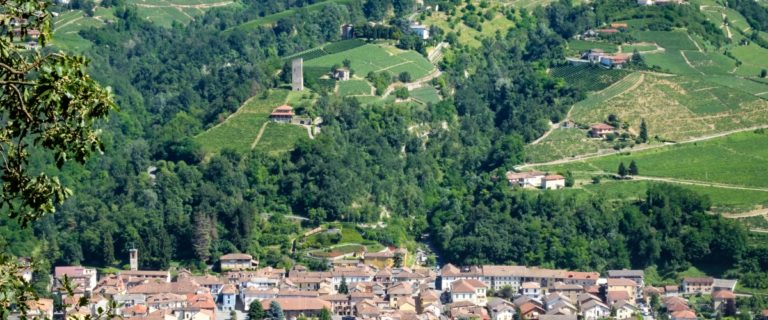
Santo Stefano Belbo
Santo Stefano Belbo is Cesare Pavese’s hometown: here he set his last novel “The Moon and the Bonfires”.
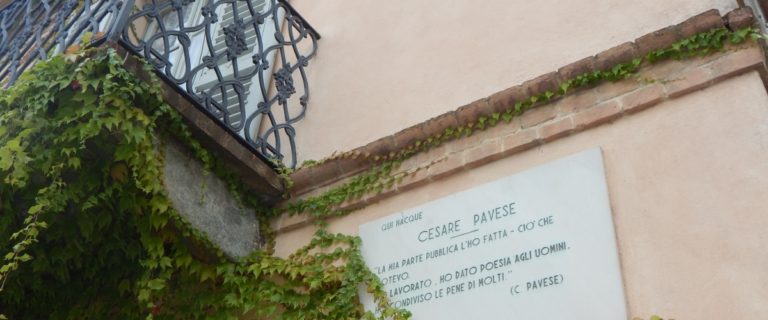
Pavese’s birthplace
In Santo Stefano Belbo you can visit Cesare Pavese’s birthplace, where his parents used to spend their summer holidays.

Nuto’s house
Visit the workshop-house of Nuto, protagonist of the novel “The Moon And The Bonfires” and of the poem “Paper Smokers”.
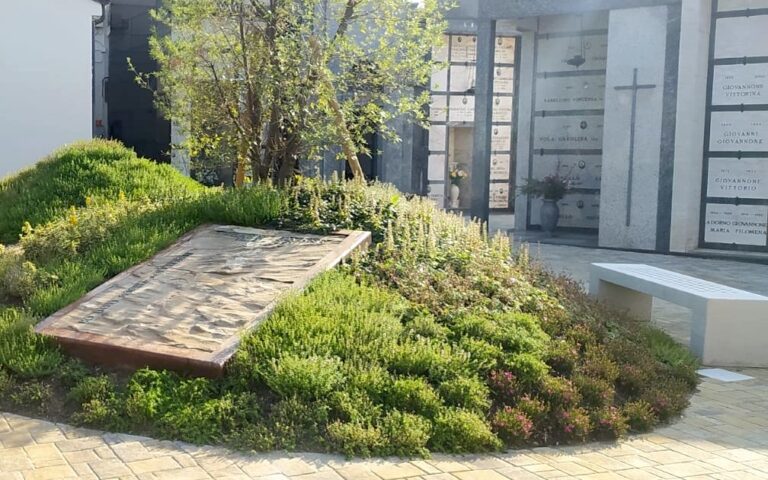
Pavese’s grave
On 7 July 2001 the remains of Cesare Pavese were transferred to the cemetery of Santo Stefano Belbo, with the consent of the relatives (the nieces Maria Luisa and Cesarina
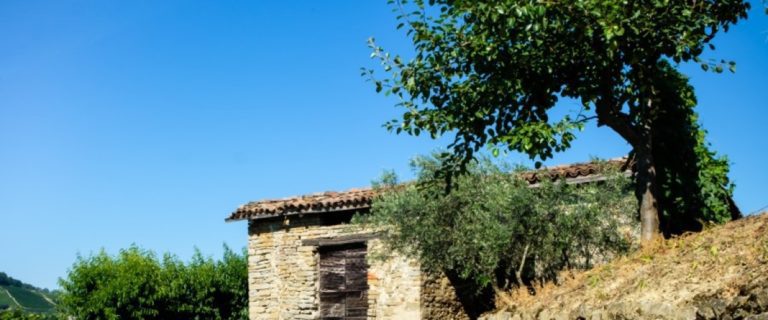
The Gaminella lodge
Gaminella is the most impressive hill in Santo Stefano Belbo: discover its landscape, with its aura of mystery.
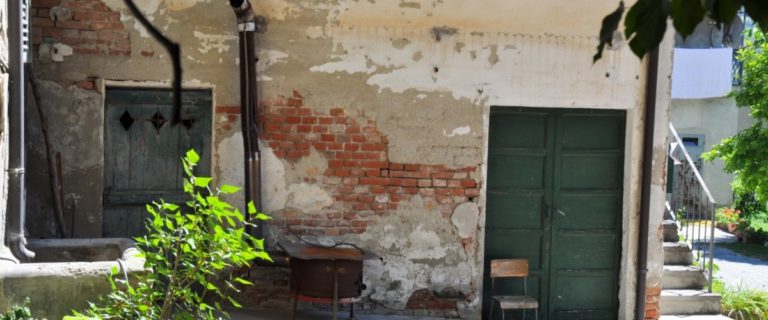
The Mora farm
The Mora farm still exists today: find out more on the large farmhouse where the protagonist of “The Moon And The Bonfires”, Anguilla, worked.

Villa Nido
Villa Nido, whose unusual architecture remains untouched, continues to hold the charm described in the novel “The Moon And The Bonfires”.
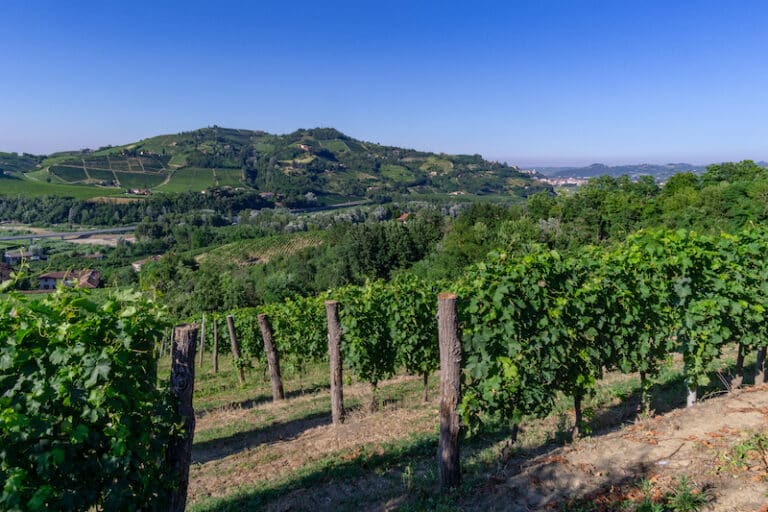
The Salto hill
Opposite to Gaminella, the Salto hill runs along the road to Canelli. At its foot you can visit the house of Nuto, protagonist of “The Moon And The Bonfires”.
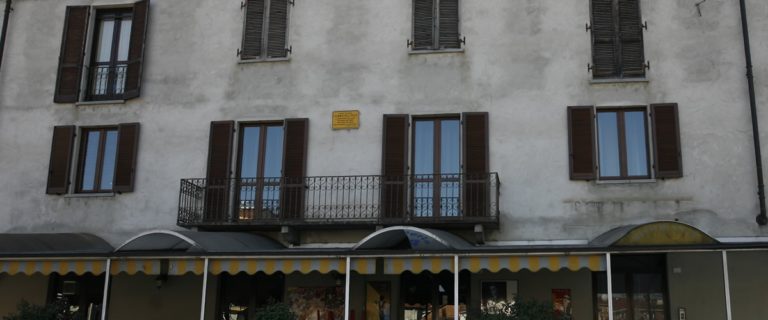
The Hotel of the Angel
The Hotel of the Angel overlooks Santo Stefano Belbo’s main square: the character of Anguilla stays there once back to town.
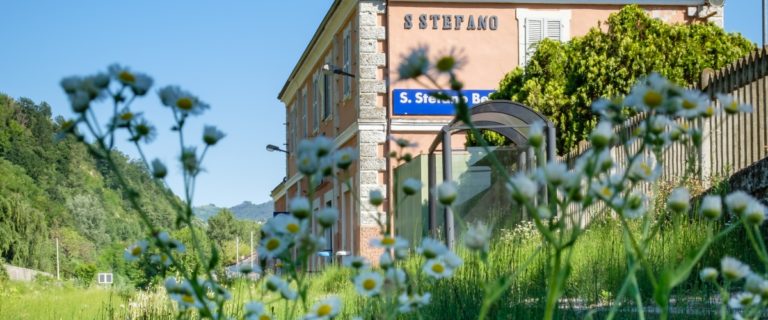
The train station
The little station of Santo Stefano Belbo, no longer in use, was a gateway to the world for those who lived here in the time of “The Moon And The Bonfires”.

The church
From the staircase of Santo Stefano Belbo’s parish church Anguilla witnessed a fervent speech of the priest against partisans and communists.
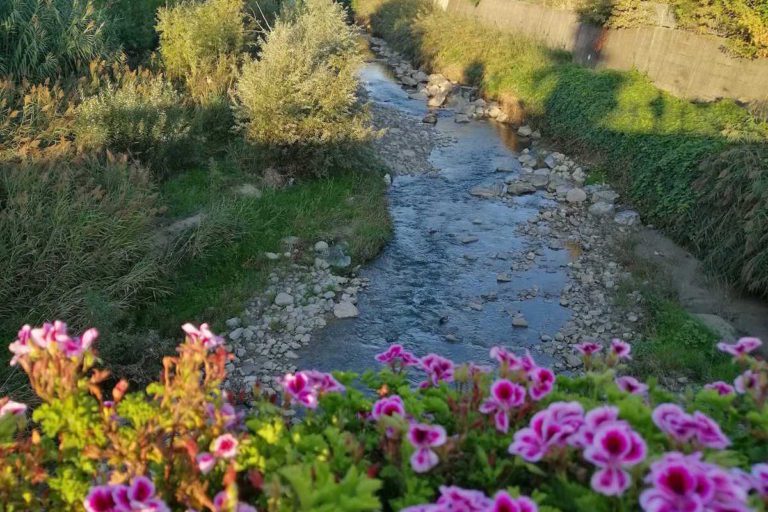
The Belbo stream
The Belbo stream divides the two hills of Gaminella and Salto, which are the backdrop for the novel “The Moon And The Bonfires”: take a walk along its banks.
